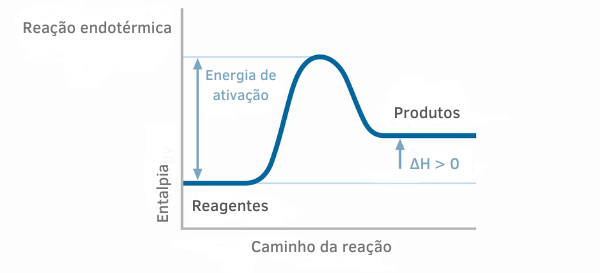Before heading out to the beach, or enjoying a pool, it is essential! In addition to moisturizing, it protects the skin against that “scorching sun”. But it is not only in summer that we should abuse sunscreen, in winter the skin can be exposed to action of cold and dry winds and acquire a dry appearance, the aspect is not pleasant, in addition to to disturb.
What many people do not know is how the protector acts on the skin, its main function is to prevent harmful sun rays from being absorbed by the body. The action is to protect the dermis and epidermis from UVA and UVB radiation, see how this happens: The dermis is the inner layer of the skin, it absorbs UVA ultraviolet rays, and UVB radiation is absorbed by the epidermis, which is the outermost layer of the skin.
Protectors in general have chemical formulas that act on protection, more precisely the molecules present in this product, which when applied to the skin absorb solar energy. These molecules are agitated due to absorption, but when they pass the state of excitement they return to the normal state. This process allows the skin to receive a less aggressive fraction of the sun, and at the same time prevents it from absorbing the radiation that can give rise to skin cancer.
Do not stop now... There's more after the advertising ;)
Do you know what sun protection factor means? The acronym FPS that comes with a number on sunscreen packages has a meaning very important: indicates how long you can be exposed to the sun after applying the lotion protective. If your sunscreen's SPF is 15, it means it can stay in the sun for 15 times longer than if was unprotected, that is, it offers safety to the user while on the skin, not leaving it reddish. A tip is to always use sunscreen, regardless of the season.
By Líria Alves
Graduated in Chemistry
See more!
The sunbathing vitamin
Would you like to reference this text in a school or academic work? Look:
SOUZA, Líria Alves de. "Sunscreen in action: what's the principle?"; Brazil School. Available in: https://brasilescola.uol.com.br/quimica/protetor-solar-acao-qual-principio.htm. Accessed on June 28, 2021.



